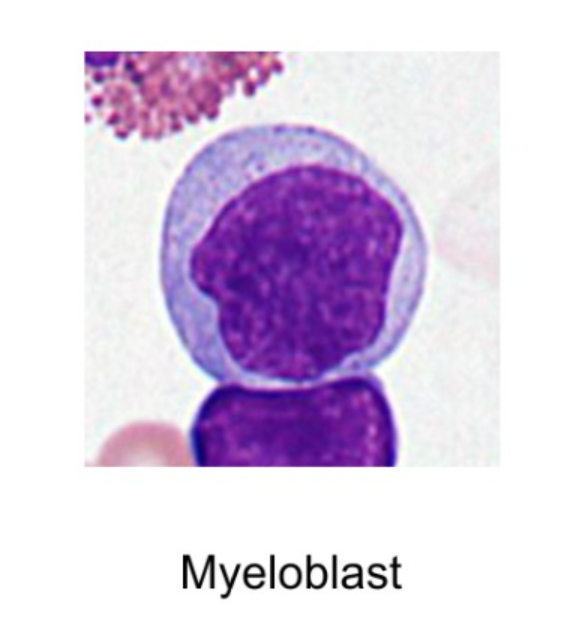UMBILICAL CORD
- kradiganscience24
- Jun 11
- 5 min read
Tavishi
This is Anwita, who inspired this post.

After she subscribed to Kradigan, she earned the right to choose the topic of a Kradigan post. Anwita was, in fact, a former baby (true story). Because of this, she was drawn to pay homage to her heritage, memorializing her past forever in a Kradigan post about umbilical cords.

The umbilical cord is the connection between the fetus and placenta. When babies are in the womb, as you might expect, they are not fully cooked. And because the baby is raw, it can't eat, breathe, or excrete waste on its own. As a result, the baby outsources these challenging tasks to its mom, using the umbilical cord as a waste chute and a source of resources.
If you're a Star Trek nerd (hi, Mr. Estes and Yash), think of it as the Caretaker's array in Star Trek: Voyager. The Ocampa can't survive on their own, and so they live underground, protected from the elements and the Kazon, just like an infant in a womb. And just like the umbilical cord, instead of having the Ocampa fend for themselves, the Caretaker shoots water and food at them through the sky, and gets rid of their waste for them. In hindsight, this metaphor might have been intentional, and definitely goes with Janeway's "dude let the Ocampa grow up they can't be babies forever" speech.

Anatomically, the umbilical cord is a bundle of protected blood vessels. It consists of two umbilical arteries, and one umbilical vein. The two umbilical arteries carry deoxygenated blood away from Baby™️and the umbilical vein carries oxygenated blood towards Baby™️. These blood vessels are managed by an internal smooth muscle lining. Now, in most other blood vessels, neuromuscular junctions are responsible for the changes in muscle tension. However, the umbilical cord is not, at all, innervated. Rather, it relies on substances like nitrous oxide to relax and tense up smooth muscle, changing the blood pressure and flow in the vessels. The three layers of smooth muscle within these blood vessels are the tunica externa, tunica media, and tunica interna. The tunica media is most firmly responsible for changes in blood pressure and flow in the vessels.

The blood vessels in the umbilical are surrounded by fluffy tissue called Wharton's jelly. Wharton's jelly is composed of connective tissue, proteoglycans, and mucopolysaccharides (which is responsible for why it's called jelly). Among these mucopolysaccharides is hyaluronic acid, which is present in abundance in Wharton's jelly. I find this so fascinating because hyaluronic acid is everywhere. If I was slightly less normal, I'd be convinced it was part of the Illuminati and was a mole person conspiracy. Not only is hyaluronic acid a main component of wasp and snake venom, but it's also a key skincare ingredient (my facial cleanser is hyaluronic acid based), and is also a baby related thing.

Please do NOT put your baby's umbilical cord on your face to get rid of pimples, though.
And finally, outside of Wharton's jelly, is the cord lining, which is a thin placental layer that is essentially part of the placental membrane. We are now reaching the part of why the umbilical cord is so cool- its uses in regenerative medicine. The cord lining consists of two layers: an epithelial and mesenchymal layer. Both layers, however, are derived from the amniotic membrane, and thus, are rich in nondifferentiated stem cells.
The umbilical cord is one of the best places to source STEM cells. Now, y'all have almost certainly heard of stem cells in the context of medicine, but I've noticed a lot of lack of knowledge about why/how they are useful.
Embryonic stem cells are sourced from the umbilical cord at birth- there is no farm-raising of babies for the stem cell cause (that would be highly unethical). Rather, the blood from the umbilical cord can be frozen and stored and used to treat a wide variety of diseases later on in life. Now, cord blood isn't usually used on the same patient, but rather, on others. (See: using your own broken cells to fix your own problems isn't always the best solution.)
Cord blood contains embryonic stem cells which are pluripotent. Pluripotent cells are able to differentiate into any type of cell, regardless of what germ layer they formerly belonged to (ectoderm, endoderm, mesoderm). If we go back to the baby still being cooked analogy, all cells in babies start out the same. They all source from one identical cell with the same DNA. More and more cells are produced from another through mitosis, and so of course, all cells are basically genetically identical. However, what differentiates cells is what genes in their DNA are turned on and off. Some cells are determined for different fates, and thus, undergo physical and morphological changes. Because the babies are still raw, their cells are still "ripening".
From cord blood, epithelial cord lining cells, mesenchymal cord lining cells, and connective tissue cells from Wharton's jelly can be exploited (should not be using that word mayhaps in an article about something that is a hotly debated ethical issue...) to be turned magically into any other cell, which can be used to treat diseases like type 1 diabetes and acute myeloid leukemia.
Let's take acute myeloid leukemia. The issue with acute myeloid leukemia is in the bone marrow. The bone marrow is also, in fact, a place with stem cells that form into blood cells later on in life. In acute myeloid leukemia, myeloblasts, which are the precursors to white blood cells like eosinophils and basophils, have a mutation causing them to proliferate uncontrollably and never actually mature into the white blood cells necessary to protect the body. The uncontrollably proliferated cells also interfere with the normal populations of blood cells in the body, causing issues like neutropenia and anemia.

Cord blood cells can be used for two primary functions as a means of treatment: first, to be matured into cells that essentially take out the leukemic cells. Essentially, the cells are used to stimulate the immune system to dispose of the leukemic cells. This can, however, backfire and cause the body to attack itself. There's also the usage of cord blood cells to repopulate the blood with normal cells, which the cancer gets rid of.
Fun fact: my cord blood is in fact frozen somewhere!




Comments